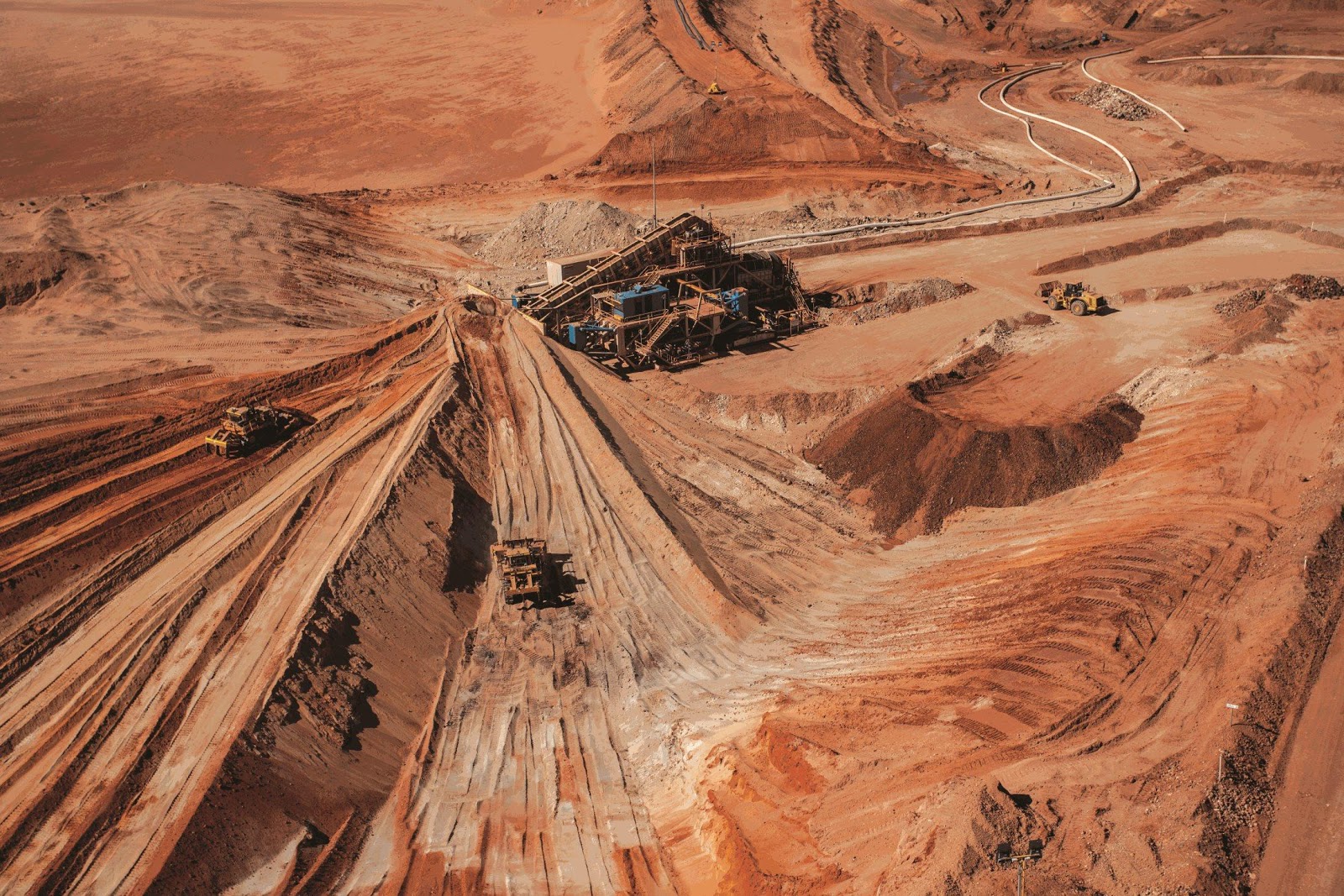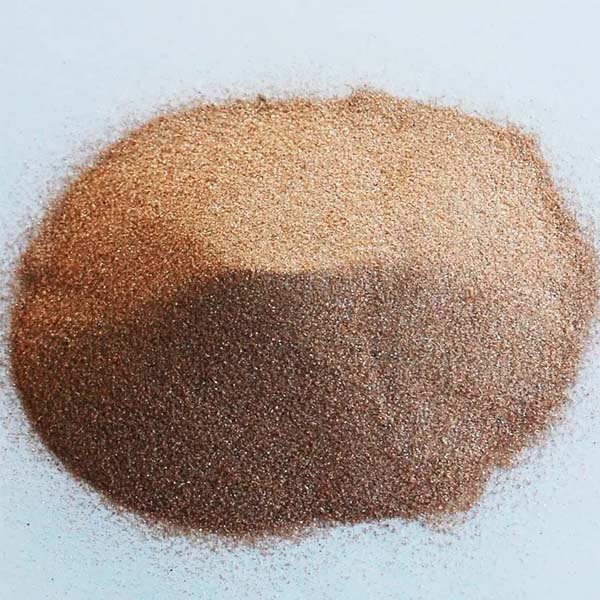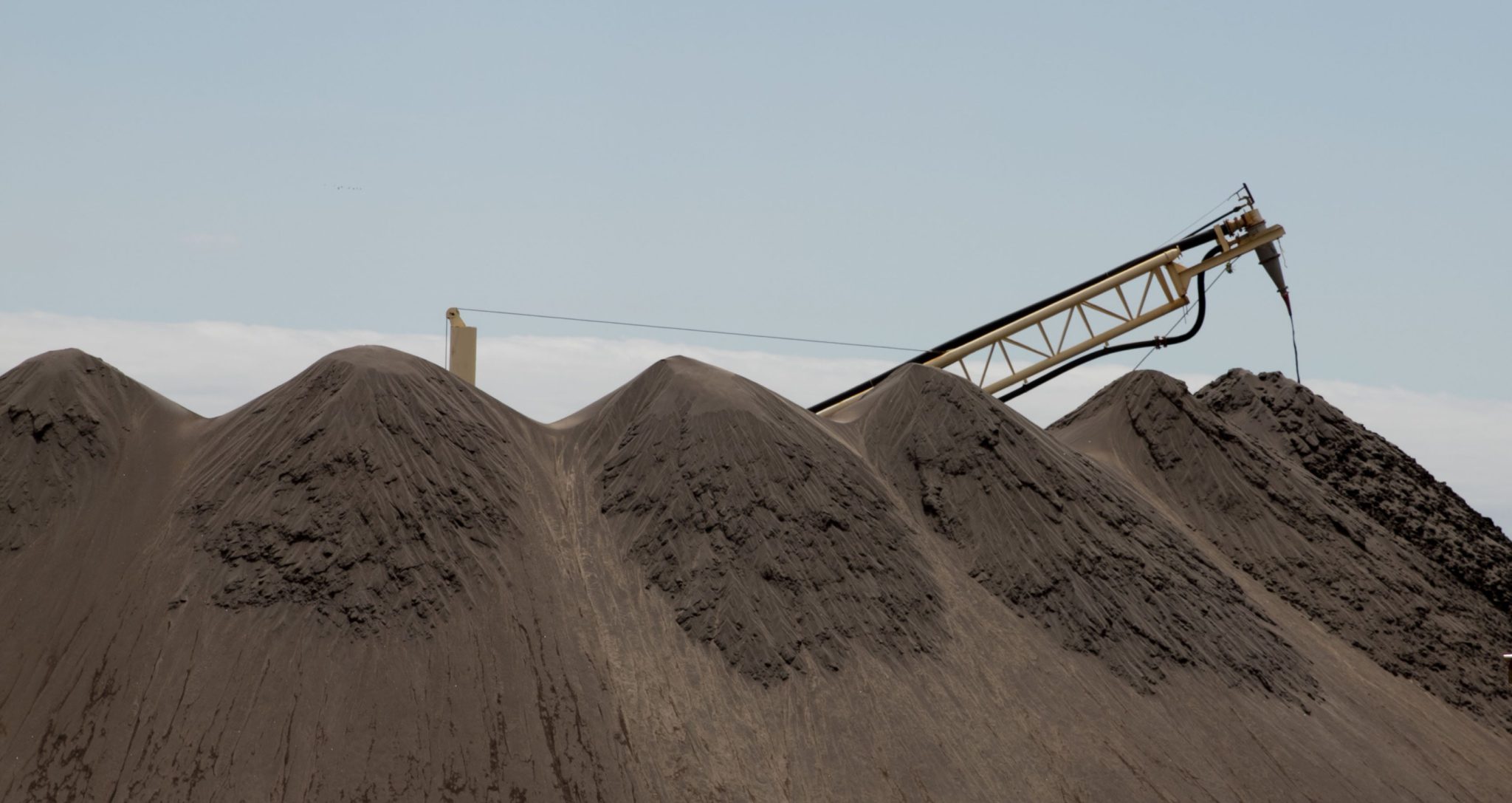Zircon Sand Introduction:
| Product Name | Zircon ZrO₂+HfO₂ (≥) | Iron Fe₂O₃ (≤) | Titanium TiO₂ (≤) |
|---|---|---|---|
| Zircon Sand | 63% | 0.5% | 0.5% |
| Zircon Sand | 65% | 0.2% | 0.3% |
| Zircon Sand | 65.5% | 0.15% | 0.15% |
| Zircon Sand | 66% | 0.1% | 0.15% |
Applications: Precision casting, casting coatings, ceramics, refractory materials. (Represented with images)



